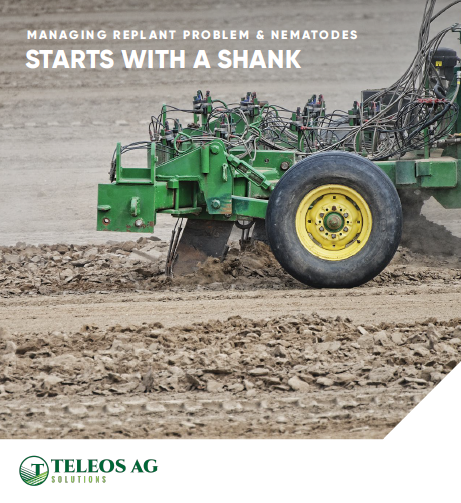Scientists Hone In On New Natural Herbicide
University of Florida scientists are researching a natural herbicide that could be used in traditional and organic farming. The herbicide, a chemical called thaxtomin, occurs naturally in Streptomyces bacteria that cause potato scab, a major disease of potatoes worldwide. A study describing a key step in the process that could lead to its commercial production is published in the current issue of the journal Nature Chemical Biology.
Rosemary Loria, a professor and chair of the UF/IFAS plant pathology department, is a co-author of the publication. She worked on the study while at Cornell University and has continued the research since joining UF/IFAS in 2011. In the study, the researchers describe an enzyme in the bacteria that is essential to producing the herbicide and showed that without the enzyme, thaxtomin production doesn’t occur. This is important, Loria said, as it could allow researchers to increase the amount of thaxtomin the bacteria produces, which must happen for the herbicide to become commercially viable. “So we could, within the next couple of years, be able to create a strain of bacteria that would produce much higher levels of thaxtomin than the natural strains produce and that will assist in getting thaxtomin onto the market,” Loria said.
Thaxtomin works as an herbicide by causing the abnormal growth of plant cell walls. Loria said the chemical could be used as a pre-emergence herbicide to kill weeds when they are just starting to sprout and most vulnerable to thaxtomin. And since it is a natural herbicide produced from bacteria rather than one created in a lab, it can be used on organic farms, she said.
Study co-author Evan Johnson was on the research team with Loria at Cornell and is now a plant pathology postdoctoral associate at the UF/IFAS Citrus Research and Education Center in Lake Alfred.
He said advantages natural herbicides offer over lab-synthesized herbicides include more specific targeting of the organisms they control and faster breakdown in the soil. “Because it’s naturally produced in the soil, it can generally be broken down more easily by organisms in the area,” Johnson said. “It’s something that the organisms in the soil that break down organic matter are used to seeing.”
The United Kingdom Biotechnology and Biological Sciences Research Council and the National Research Initiative of the USDA Cooperative State Research, Education and Extension Service funded the research.








